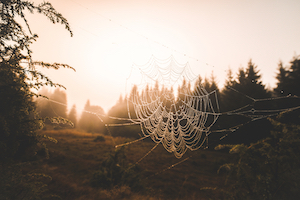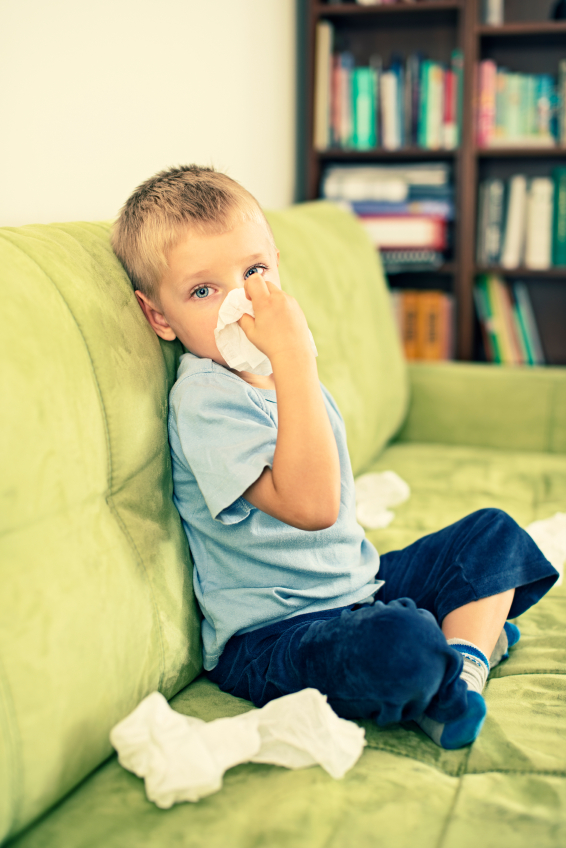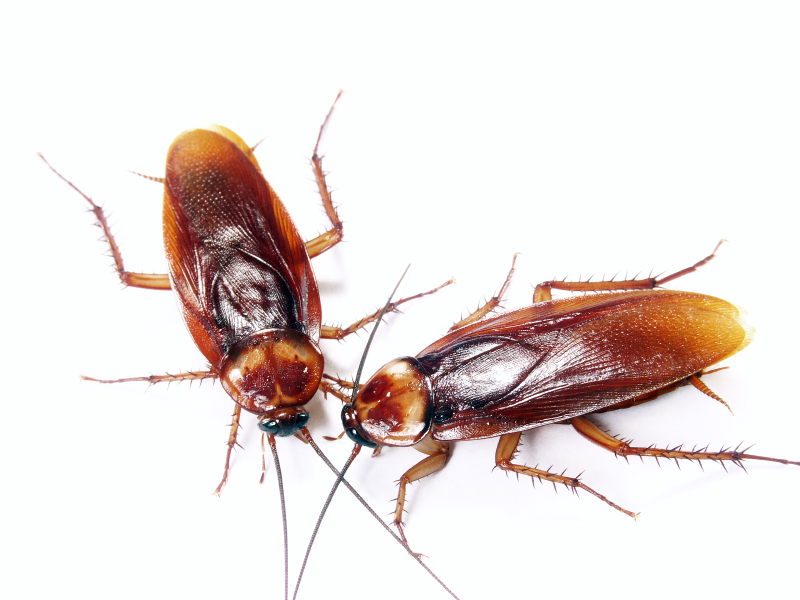We’ve been in the Michigan pest control business for a long time, so we’ve seen a lot of pests. Some more than others, unfortunately. Michigan has a handful of pests that show up like bad pennies year after year to plague our homes and businesses. If you’ve been here long, chances are you or someone you know has had a run-in with these pesky creatures at some point.
Fortunately, because we deal with “the usual suspects” every year, we know quite a bit about their home-infesting MO, and even more about how to counter it. Follow these suggestions and you’ll be able to keep your property pest-free–not just this year, but for all the years that follow too.
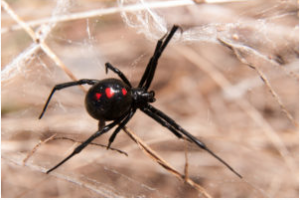
Spiders
Spiders have adapted to virtually every environment and can be found all over the world. If it seems like Michigan has a particular problem with the eight-legged arachnids, it’s because despite their adaptations, spiders can’t survive freezing cold. When the temperature begins to drop, spiders migrate out of their typical homes in forests, fields, and gardens in order to find shelter. Consequently, most of the spider infestations we treat originate in the Fall or early Winter.
To keep spiders out, start outside. Circle the perimeter of your home a few times. Clear away anything that’s leaning against the house. If you have a pile of firewood, move it away from your house. Regularly trim your hedges and bushes. Look for avenues of infiltration like gaps in the foundation or near utility lines and seal them. Spiders are attracted to cover near houses, because they’re good spots to build webs. Once they’ve found cover, they’ll start looking ways to get somewhere even better – inside your home. Don’t give them any opportunities.
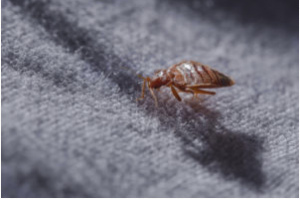
Bed Bugs
Bed bugs quickly become a problem for areas with a mobile populace and/or old buildings. They love to hitch rides with travellers. They hide in luggage, bedding, clothes, and anything else they can get into. After their inadvertent host brings them home, they make themselves comfortable and often even lay eggs. These eggs hatch, and then another building has a bed bug infestation.
The best way to prevent a bed bug infestation is to take precautions when traveling. Check in and around your hotel room’s bed right away. Studies have shown that most bed bugs are found within 15 feet of the bed. Keep your luggage off the ground and, if possible, sealed in airtight bags. You should also consider running luggage through your dryer right away when you get home. Heat is the most effective means of killing bed bugs. For a lot more info on stopping bed bugs, check out the official Michigan Manual for the Prevention and Control of Bed Bugs.
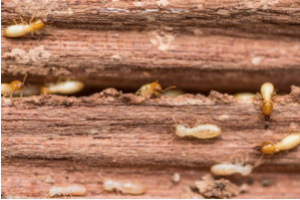
Termites
Subterranean termites are highly active across Michigan’s lower peninsula, particularly in Grand Rapids, Ann Arbor, and Detroit. The most common, the Eastern Subterranean Termite, is the most destructive wood pest in the state. These termites live in colonies and feed on dead wood. Subterranean termites carve elaborate tunnel systems underground, which they use to access food sources from below. Termites also require moisture and warmth, so they target places where they can get moisture, warmth, and wood all at once.
Make sure they can’t get these. Termites seek out places where wood touches the ground. Limit access to wood like this. Wrap barriers around the bottom of deck posts. Treat wooden flooring to prevent rotting. Make sure wooden siding is off the ground. Remove excess cellulose (wooden) materials like cellulose mulch. The subterranean terrors are looking for moisture, too, so watch for condensation or puddling. Repair leaks immediately. If termite problems persist, give us a call quickly to spare yourself costly property damage.
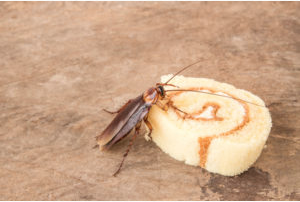
Cockroaches
Like spiders, cockroaches are adaptive and can be found almost everywhere. Michigan has five varieties of cockroach: the American, German, Oriental, Brown-Banded, and Wood cockroaches. The German roach is the most annoying, because it wants to get indoors. Cockroaches are common in urban areas where they can find easily-accessible food and shelter. Cockroaches will eat just about anything, so they’re attracted to trash.
To prevent cockroaches, organize and clean. Organize your home to prevent clutter. Avoid stacking cardboard boxes, don’t keep anything on the floor, and don’t leave food out overnight. Keep a cleaning schedule. Vacuum once a week, wipe surfaces after meals, and watch for dust and grime accumulation. Cockroaches don’t need much to thrive, so you can’t give them anything. After cleaning, pay attention to moist areas and caulk gaps in your foundation or siding. Cockroaches can climb sheer surfaces, so don’t assume anywhere is out of reach!
Following these tips will go a long way toward preventing pest infestations, but the problem with Michigan’s most pervasive pests is their persistence. If you do end up with an infestation, there’s no need to panic. Just call Griffin pronto! We’ve got plenty of practice putting these pushy punks in their place, and we’d be perfectly pleased to pummel your problem, too. It would be our pleasure!

